文章目录
- 1.RabbitListener注解介绍
- 2.EnableRabbit和RabbitBootstrapConfiguration
- 3.RabbitListenerAnnotationBeanPostProcessor
- 4.对RabbitListener注解的解析
- 5.RabbitListenerEndpointRegistrar
1.RabbitListener注解介绍
RabbitListener是Springboot RabbitMq中经常用到的一个注解,将被RabbitListener注解的类和方法封装成MessageListener注入MessageListenerContainer
- 当RabbitListener注解在方法上时,对应的方式就是Rabbit消息的监听器
- 当RabbitListener注解在类上时,和RabbitHandle注解配合使用,可以实现不同类型的消息的分发,类中被RabbitHandle注解的方法就是Rabbit消息的监听器
2.EnableRabbit和RabbitBootstrapConfiguration





通过自动配置类RabbitAutoConfiguration将EnableRabbit引入,而EnableRabbit又通过import注解引入了配置类RabbitBootstrapConfiguration
public class RabbitBootstrapConfiguration implements ImportBeanDefinitionRegistrar {
@Override
public void registerBeanDefinitions(@Nullable AnnotationMetadata importingClassMetadata,
BeanDefinitionRegistry registry) {
if (!registry.containsBeanDefinition(
RabbitListenerConfigUtils.RABBIT_LISTENER_ANNOTATION_PROCESSOR_BEAN_NAME)) {
registry.registerBeanDefinition(RabbitListenerConfigUtils.RABBIT_LISTENER_ANNOTATION_PROCESSOR_BEAN_NAME,
new RootBeanDefinition(RabbitListenerAnnotationBeanPostProcessor.class));
}
if (!registry.containsBeanDefinition(RabbitListenerConfigUtils.RABBIT_LISTENER_ENDPOINT_REGISTRY_BEAN_NAME)) {
registry.registerBeanDefinition(RabbitListenerConfigUtils.RABBIT_LISTENER_ENDPOINT_REGISTRY_BEAN_NAME,
new RootBeanDefinition(RabbitListenerEndpointRegistry.class));
}
}
}
容器Ioc中注入RabbitListenerAnnotationBeanPostProcessor和RabbitListenerEndpointRegistry
3.RabbitListenerAnnotationBeanPostProcessor

RabbitListenerAnnotationBeanPostProcessor类实现了BeanPostProcessor, Ordered, BeanFactoryAware, BeanClassLoaderAware, EnvironmentAware, SmartInitializingSingleton接口,Ordered表示处理顺序,BeanFactoryAware, BeanClassLoaderAware, EnvironmentAware主要用于获取对应的BeanFactory,BeanClassLoader, Environment属性,我们主要关注从SmartInitializingSingleton和BeanPostProcessor继承的方法
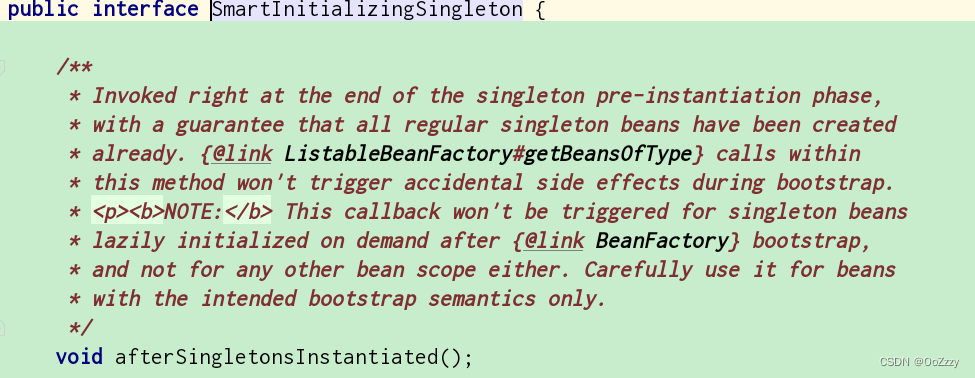
public void afterSingletonsInstantiated() {
this.registrar.setBeanFactory(this.beanFactory);
if (this.beanFactory instanceof ListableBeanFactory) {
Map<String, RabbitListenerConfigurer> instances =
((ListableBeanFactory) this.beanFactory).getBeansOfType(RabbitListenerConfigurer.class);
for (RabbitListenerConfigurer configurer : instances.values()) {
configurer.configureRabbitListeners(this.registrar);
}
}
if (this.registrar.getEndpointRegistry() == null) {
if (this.endpointRegistry == null) {
Assert.state(this.beanFactory != null,
"BeanFactory must be set to find endpoint registry by bean name");
this.endpointRegistry = this.beanFactory.getBean(
RabbitListenerConfigUtils.RABBIT_LISTENER_ENDPOINT_REGISTRY_BEAN_NAME,
RabbitListenerEndpointRegistry.class);
}
this.registrar.setEndpointRegistry(this.endpointRegistry);
}
if (this.containerFactoryBeanName != null) {
this.registrar.setContainerFactoryBeanName(this.containerFactoryBeanName);
}
// Set the custom handler method factory once resolved by the configurer
MessageHandlerMethodFactory handlerMethodFactory = this.registrar.getMessageHandlerMethodFactory();
if (handlerMethodFactory != null) {
this.messageHandlerMethodFactory.setMessageHandlerMethodFactory(handlerMethodFactory);
}
// Actually register all listeners
this.registrar.afterPropertiesSet();
// clear the cache - prototype beans will be re-cached.
this.typeCache.clear();
}
初始化工作,主要是基于自定义配置RabbitListenerConfigurer进行RabbitListenerAnnotationBeanPostProcessor(尤其是registrar元素)的初始化

- postProcessBeforeInitialization
- postProcessAfterInitialization


@Override
public Object postProcessAfterInitialization(final Object bean, final String beanName) throws BeansException {
Class<?> targetClass = AopUtils.getTargetClass(bean);
final TypeMetadata metadata = this.typeCache.computeIfAbsent(targetClass, this::buildMetadata);
for (ListenerMethod lm : metadata.listenerMethods) {
for (RabbitListener rabbitListener : lm.annotations) {
processAmqpListener(rabbitListener, lm.method, bean, beanName);
}
}
if (metadata.handlerMethods.length > 0) {
processMultiMethodListeners(metadata.classAnnotations, metadata.handlerMethods, bean, beanName);
}
return bean;
}
对RabbitListener注解查找和解析
- RabbitListenerAnnotationBeanPostProcessor#buildMetadata
- RabbitListenerAnnotationBeanPostProcessor#processAmqpListener
- RabbitListenerAnnotationBeanPostProcessor#processMultiMethodListeners
4.对RabbitListener注解的解析
RabbitListenerAnnotationBeanPostProcessor#buildMetadata
private TypeMetadata buildMetadata(Class<?> targetClass) {
Collection<RabbitListener> classLevelListeners = findListenerAnnotations(targetClass);
final boolean hasClassLevelListeners = classLevelListeners.size() > 0;
final List<ListenerMethod> methods = new ArrayList<>();
final List<Method> multiMethods = new ArrayList<>();
ReflectionUtils.doWithMethods(targetClass, method -> {
Collection<RabbitListener> listenerAnnotations = findListenerAnnotations(method);
if (listenerAnnotations.size() > 0) {
methods.add(new ListenerMethod(method,
listenerAnnotations.toArray(new RabbitListener[listenerAnnotations.size()])));
}
if (hasClassLevelListeners) {
RabbitHandler rabbitHandler = AnnotationUtils.findAnnotation(method, RabbitHandler.class);
if (rabbitHandler != null) {
multiMethods.add(method);
}
}
}, ReflectionUtils.USER_DECLARED_METHODS);
if (methods.isEmpty() && multiMethods.isEmpty()) {
return TypeMetadata.EMPTY;
}
return new TypeMetadata(
methods.toArray(new ListenerMethod[methods.size()]),
multiMethods.toArray(new Method[multiMethods.size()]),
classLevelListeners.toArray(new RabbitListener[classLevelListeners.size()]));
}
RabbitListenerAnnotationBeanPostProcessor就是针对每一个bean类进行解析,针对类上的RabbitListener注解、方法上的RabbitHandle注解和方法上的RabbitListener注解解析后封装到TypeMetadata类中
通过RabbitListenerAnotationBeanPostProcessor#buildMetadata查找并封装成TypeMetadata分别交给processAmqpListener和processMultiMethodListeners进行解析
protected void processAmqpListener(RabbitListener rabbitListener, Method method, Object bean, String beanName) {
Method methodToUse = checkProxy(method, bean);
MethodRabbitListenerEndpoint endpoint = new MethodRabbitListenerEndpoint();
endpoint.setMethod(methodToUse);
endpoint.setBeanFactory(this.beanFactory);
endpoint.setReturnExceptions(resolveExpressionAsBoolean(rabbitListener.returnExceptions()));
String errorHandlerBeanName = resolveExpressionAsString(rabbitListener.errorHandler(), "errorHandler");
if (StringUtils.hasText(errorHandlerBeanName)) {
endpoint.setErrorHandler(this.beanFactory.getBean(errorHandlerBeanName, RabbitListenerErrorHandler.class));
}
processListener(endpoint, rabbitListener, bean, methodToUse, beanName);
}
private void processMultiMethodListeners(RabbitListener[] classLevelListeners, Method[] multiMethods,
Object bean, String beanName) {
List<Method> checkedMethods = new ArrayList<Method>();
for (Method method : multiMethods) {
checkedMethods.add(checkProxy(method, bean));
}
for (RabbitListener classLevelListener : classLevelListeners) {
MultiMethodRabbitListenerEndpoint endpoint = new MultiMethodRabbitListenerEndpoint(checkedMethods, bean);
endpoint.setBeanFactory(this.beanFactory);
processListener(endpoint, classLevelListener, bean, bean.getClass(), beanName);
}
}
RabbitListenerAnnotationBeanPostProcessor#processAmqpListener针对被RabbitListener注解的方法进行解析,
RabbitListenerAnnotationBeanPostProcessot#processMultiMethodListeners针对RabbitListener注解的类中被RabbitHandle注解的方法进行解析
新建MultiMethodRabbitListenerEndpoint对象,针对两种方式的差异进行部分属性的初始化后交给RabbitListenerAnnotationBeanPostProcessor进行后续处理processListener
protected void processListener(MethodRabbitListenerEndpoint endpoint, RabbitListener rabbitListener, Object bean,
Object adminTarget, String beanName) {
endpoint.setBean(bean);
endpoint.setMessageHandlerMethodFactory(this.messageHandlerMethodFactory);
endpoint.setId(getEndpointId(rabbitListener));
endpoint.setQueueNames(resolveQueues(rabbitListener));
endpoint.setConcurrency(resolveExpressionAsStringOrInteger(rabbitListener.concurrency(), "concurrency"));
String group = rabbitListener.group();
if (StringUtils.hasText(group)) {
Object resolvedGroup = resolveExpression(group);
if (resolvedGroup instanceof String) {
endpoint.setGroup((String) resolvedGroup);
}
}
String autoStartup = rabbitListener.autoStartup();
if (StringUtils.hasText(autoStartup)) {
endpoint.setAutoStartup(resolveExpressionAsBoolean(autoStartup));
}
endpoint.setExclusive(rabbitListener.exclusive());
String priority = resolve(rabbitListener.priority());
if (StringUtils.hasText(priority)) {
try {
endpoint.setPriority(Integer.valueOf(priority));
}
catch (NumberFormatException ex) {
throw new BeanInitializationException("Invalid priority value for " +
rabbitListener + " (must be an integer)", ex);
}
}
String rabbitAdmin = resolve(rabbitListener.admin());
if (StringUtils.hasText(rabbitAdmin)) {
Assert.state(this.beanFactory != null, "BeanFactory must be set to resolve RabbitAdmin by bean name");
try {
endpoint.setAdmin(this.beanFactory.getBean(rabbitAdmin, RabbitAdmin.class));
}
catch (NoSuchBeanDefinitionException ex) {
throw new BeanInitializationException("Could not register rabbit listener endpoint on [" +
adminTarget + "], no " + RabbitAdmin.class.getSimpleName() + " with id '" +
rabbitAdmin + "' was found in the application context", ex);
}
}
RabbitListenerContainerFactory<?> factory = null;
String containerFactoryBeanName = resolve(rabbitListener.containerFactory());
if (StringUtils.hasText(containerFactoryBeanName)) {
Assert.state(this.beanFactory != null, "BeanFactory must be set to obtain container factory by bean name");
try {
factory = this.beanFactory.getBean(containerFactoryBeanName, RabbitListenerContainerFactory.class);
}
catch (NoSuchBeanDefinitionException ex) {
throw new BeanInitializationException("Could not register rabbit listener endpoint on [" +
adminTarget + "] for bean " + beanName + ", no " + RabbitListenerContainerFactory.class.getSimpleName() + " with id '" +
containerFactoryBeanName + "' was found in the application context", ex);
}
}
this.registrar.registerEndpoint(endpoint, factory);
}
根据RabbitListener注解的属性进行MethodRabbitListenerEndpoint 的属性设置和校验,最后通过RabbitListenerEndpointRegistrar#registerEndpoint方法将MethodRabbitListenerEndpoint 注入容器RabbitListenerContainerFactory
5.RabbitListenerEndpointRegistrar

@Override
public void afterPropertiesSet() {
registerAllEndpoints();
}
protected void registerAllEndpoints() {
synchronized (this.endpointDescriptors) {
for (AmqpListenerEndpointDescriptor descriptor : this.endpointDescriptors) {
this.endpointRegistry.registerListenerContainer(
descriptor.endpoint, resolveContainerFactory(descriptor));
}
this.startImmediately = true; // trigger immediate startup
}
}
RabbitListenerEndpointRegistrar#registerEndpoint
public void registerEndpoint(RabbitListenerEndpoint endpoint, RabbitListenerContainerFactory<?> factory) {
Assert.notNull(endpoint, "Endpoint must be set");
Assert.hasText(endpoint.getId(), "Endpoint id must be set");
// Factory may be null, we defer the resolution right before actually creating the container
AmqpListenerEndpointDescriptor descriptor = new AmqpListenerEndpointDescriptor(endpoint, factory);
synchronized (this.endpointDescriptors) {
if (this.startImmediately) { // Register and start immediately
this.endpointRegistry.registerListenerContainer(descriptor.endpoint,
resolveContainerFactory(descriptor), true);
}
else {
this.endpointDescriptors.add(descriptor);
}
}
}
RabbitListenerEndpointRegistry#registerListenerContainer进行注册监听器的容器
RabbitListenerEndpointRegistry#registerListenerContainer
public void registerListenerContainer(RabbitListenerEndpoint endpoint, RabbitListenerContainerFactory<?> factory,
boolean startImmediately) {
Assert.notNull(endpoint, "Endpoint must not be null");
Assert.notNull(factory, "Factory must not be null");
String id = endpoint.getId();
Assert.hasText(id, "Endpoint id must not be empty");
synchronized (this.listenerContainers) {
Assert.state(!this.listenerContainers.containsKey(id),
"Another endpoint is already registered with id '" + id + "'");
MessageListenerContainer container = createListenerContainer(endpoint, factory);
this.listenerContainers.put(id, container);
if (StringUtils.hasText(endpoint.getGroup()) && this.applicationContext != null) {
List<MessageListenerContainer> containerGroup;
if (this.applicationContext.containsBean(endpoint.getGroup())) {
containerGroup = this.applicationContext.getBean(endpoint.getGroup(), List.class);
}
else {
containerGroup = new ArrayList<MessageListenerContainer>();
this.applicationContext.getBeanFactory().registerSingleton(endpoint.getGroup(), containerGroup);
}
containerGroup.add(container);
}
if (startImmediately) {
startIfNecessary(container);
}
}
}
基于RabbitListenerEndpoint根据监听器的容器工厂类生成一个监听器的容器,并且整个注册过程是同步的,同时最多只能有一个endpoint在注册
RabbitListenerEndpointRegistry#start
@Override
public void start() {
for (MessageListenerContainer listenerContainer : getListenerContainers()) {
startIfNecessary(listenerContainer);
}
}
private void startIfNecessary(MessageListenerContainer listenerContainer) {
if (this.contextRefreshed || listenerContainer.isAutoStartup()) {
listenerContainer.start();
}
}
调用MessageListenerContainer#start方法, 监听器的启动。
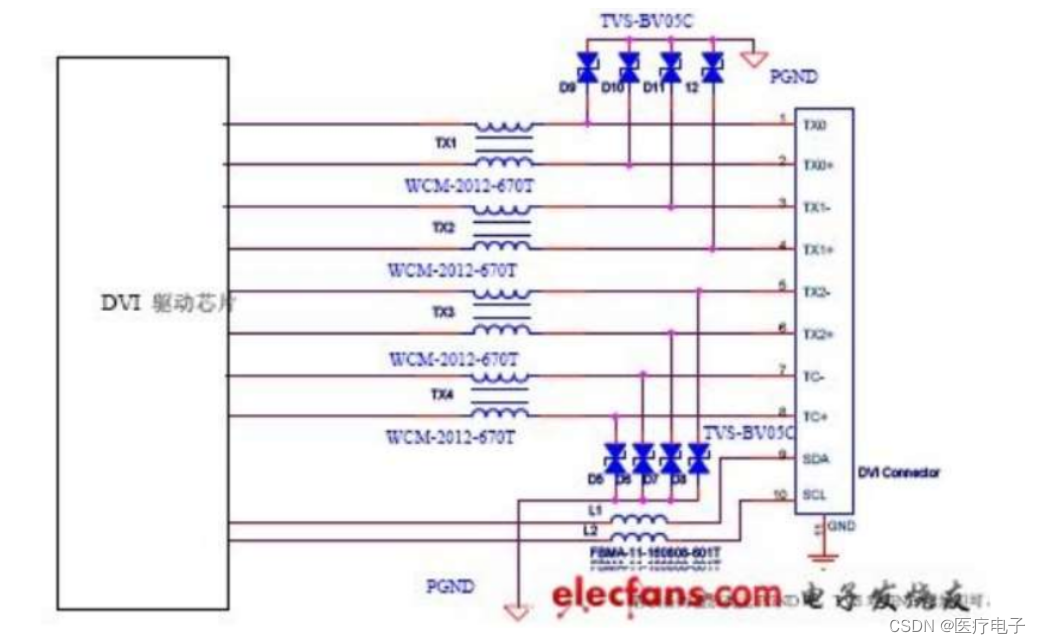
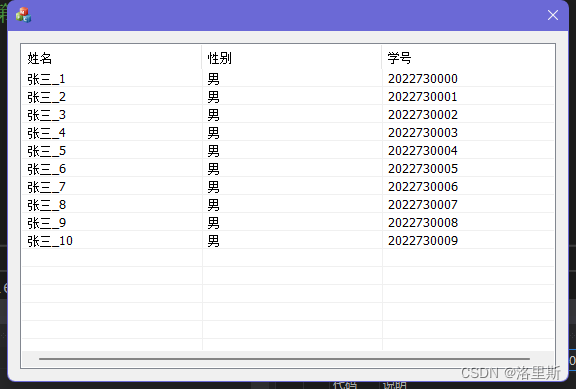
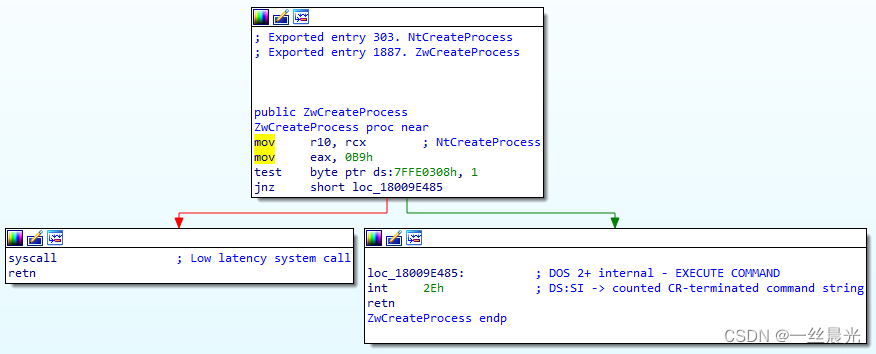





![[附源码]Python计算机毕业设计Django人事管理系统](https://img-blog.csdnimg.cn/7019070f1ced499db9f92b7203c80947.png)
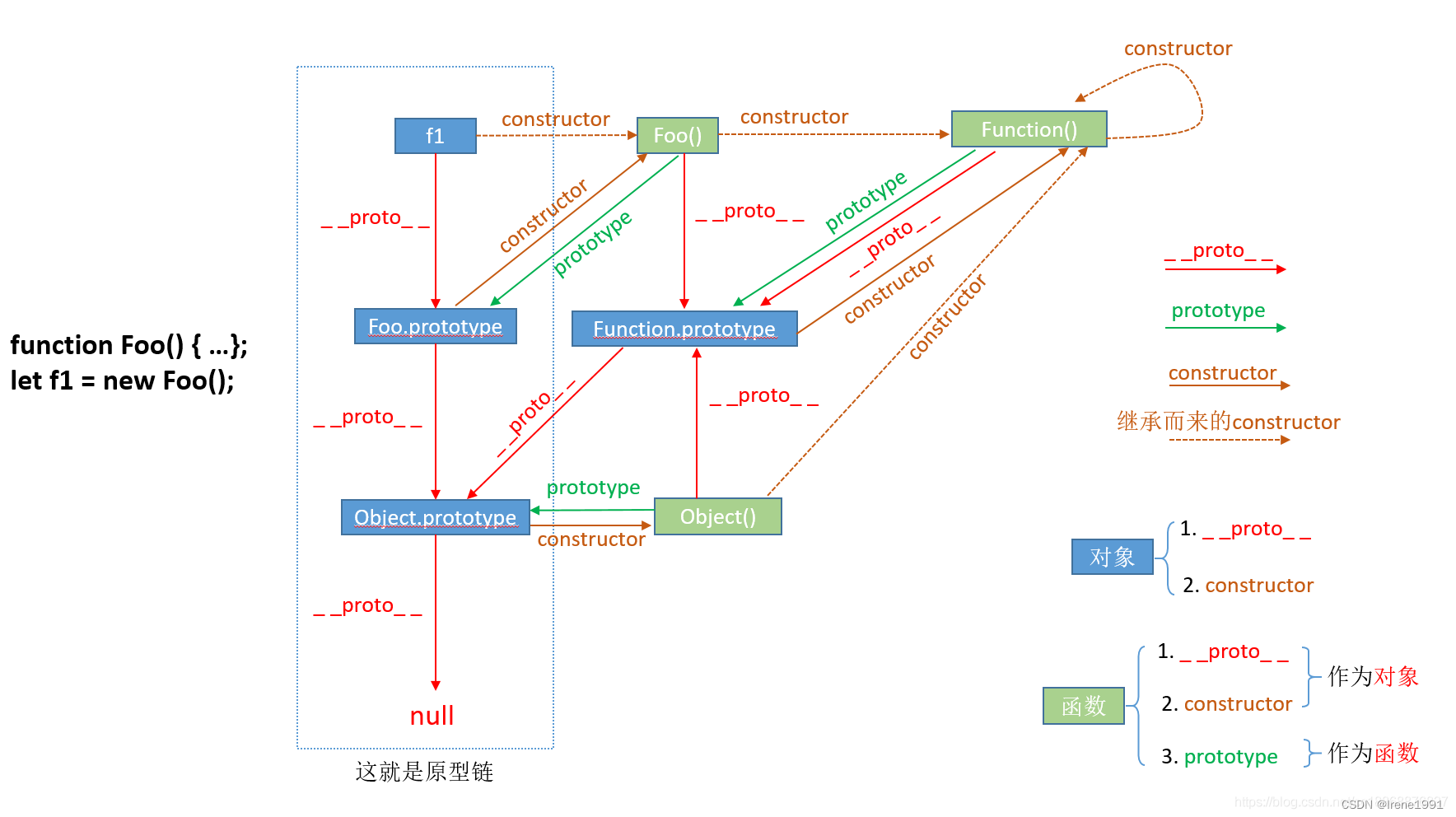
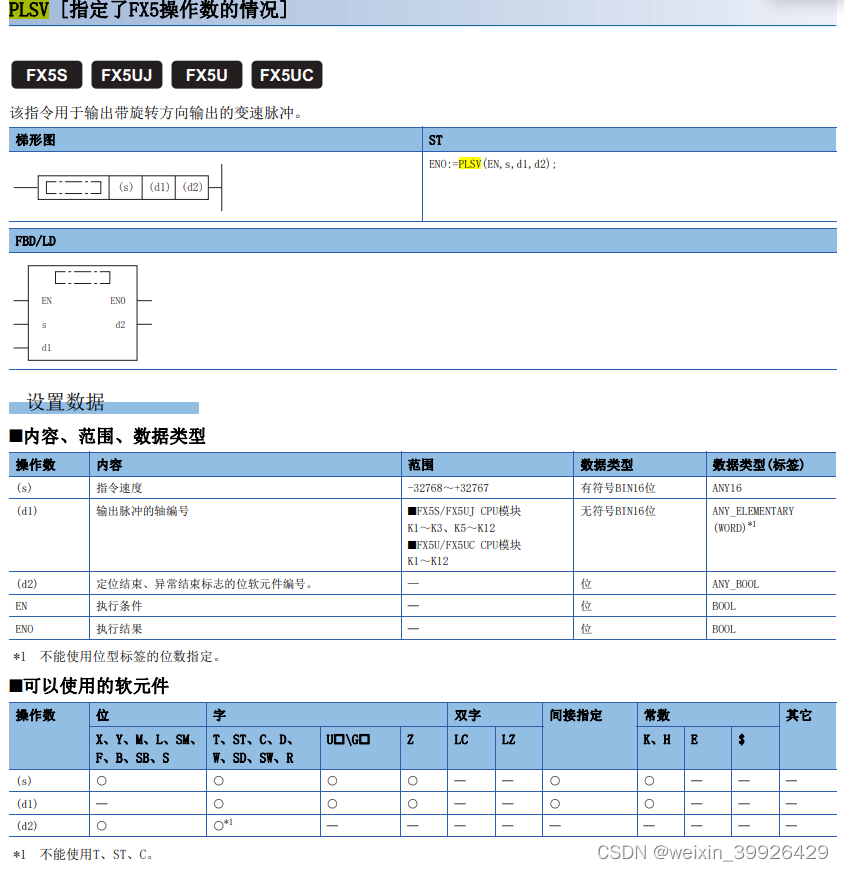







![[论文阅读] 颜色迁移-Automated Colour Grading](https://img-blog.csdnimg.cn/63e007a483454a7ba74309f8d628bfc4.png)